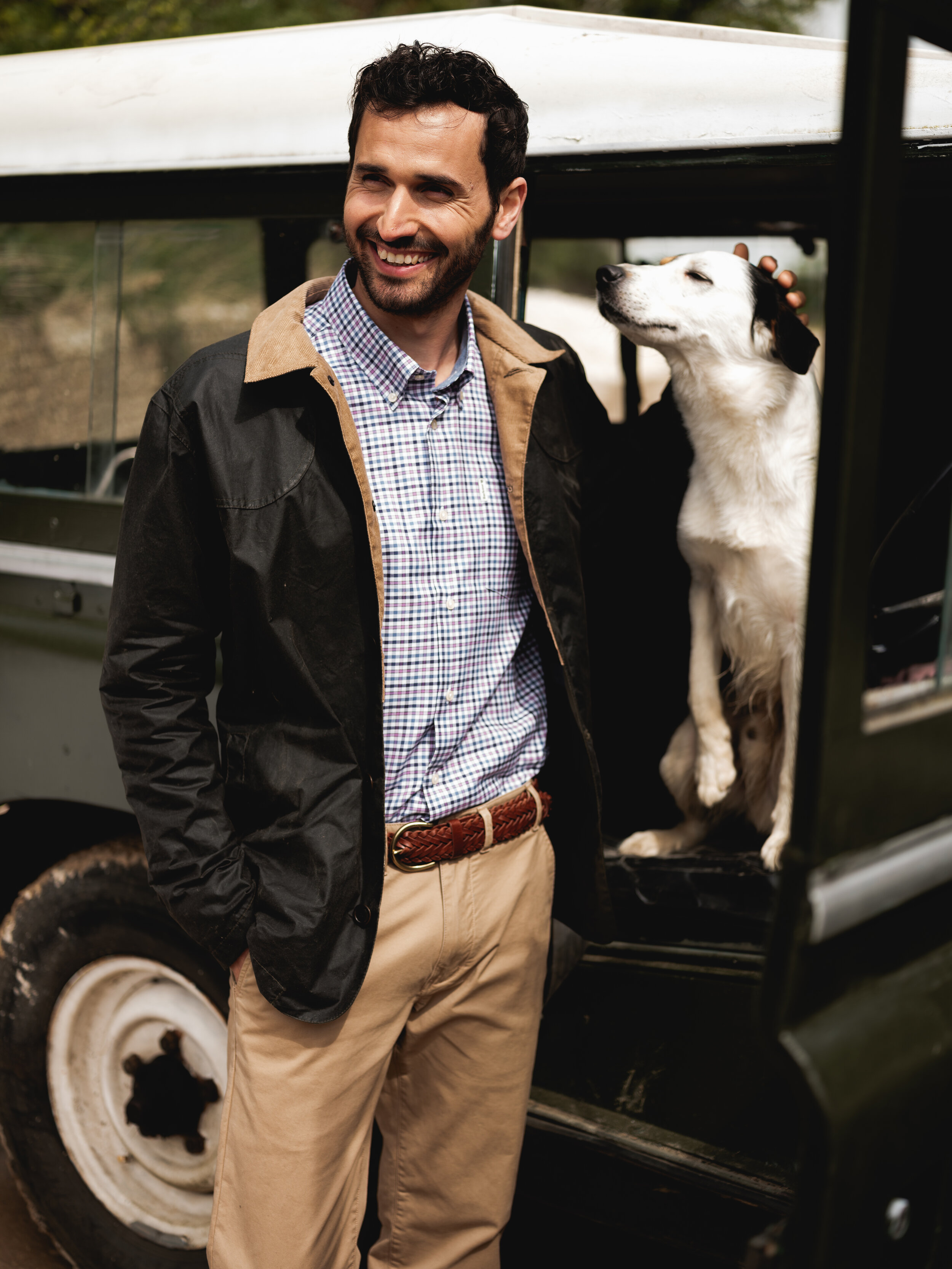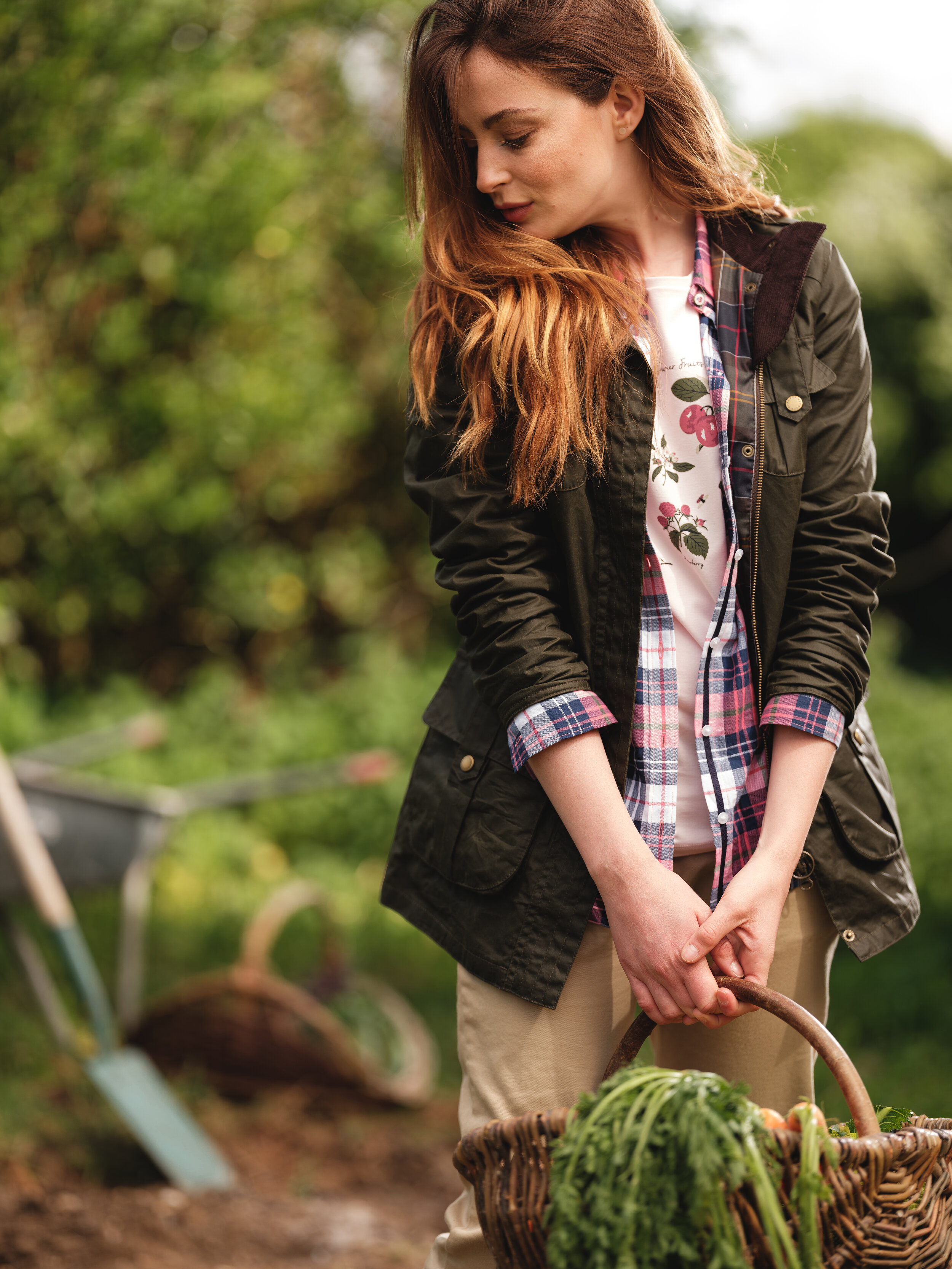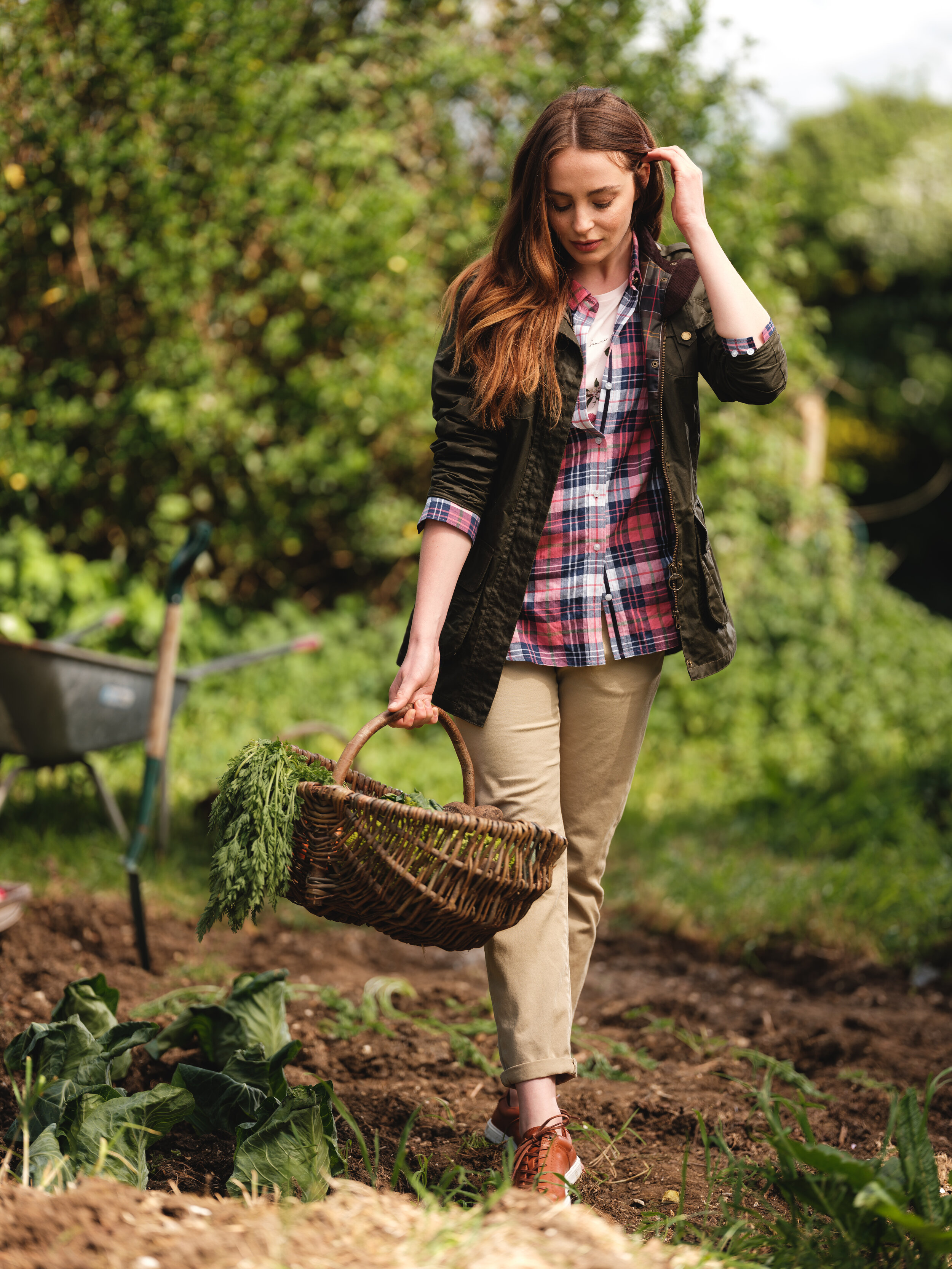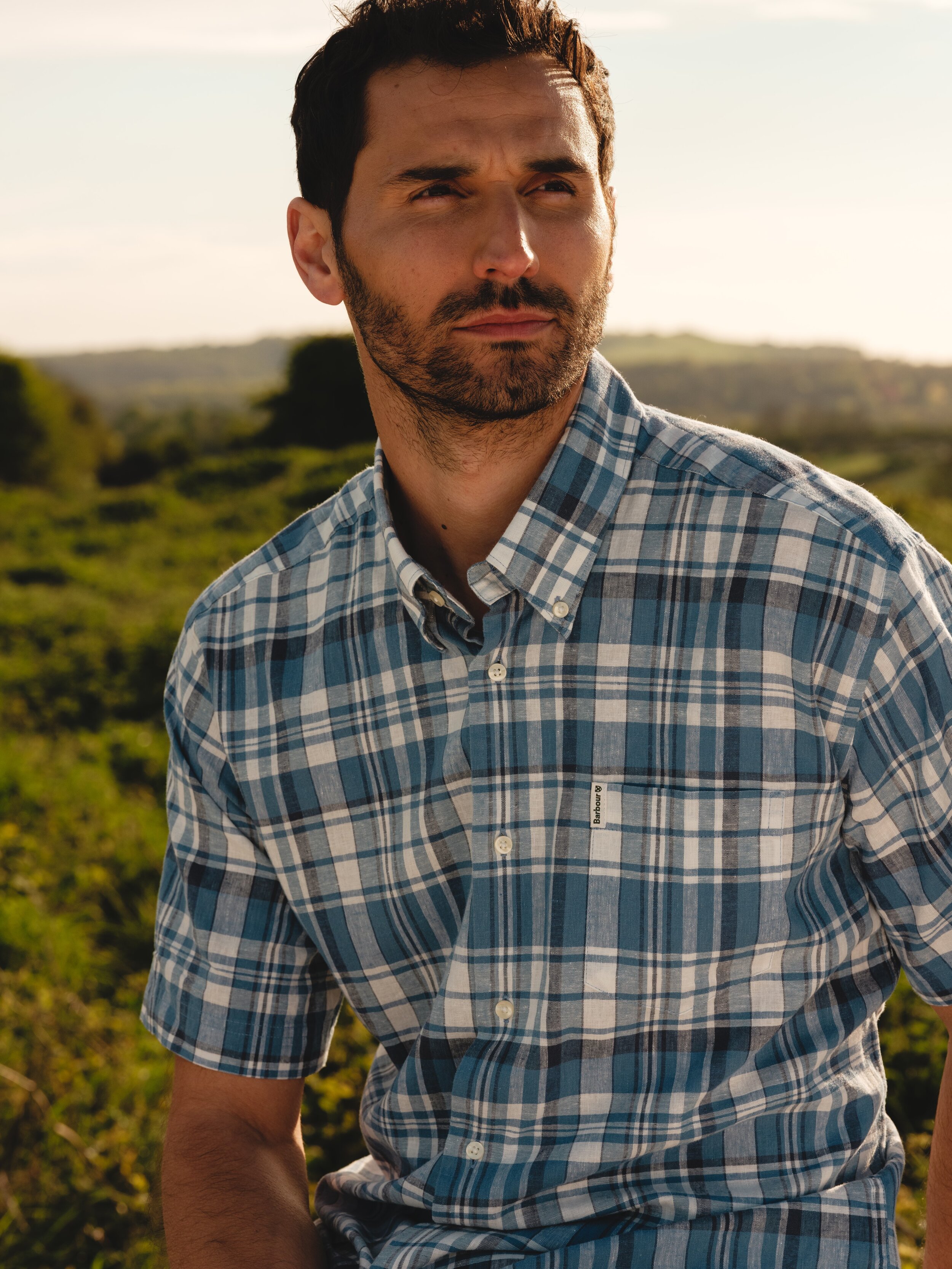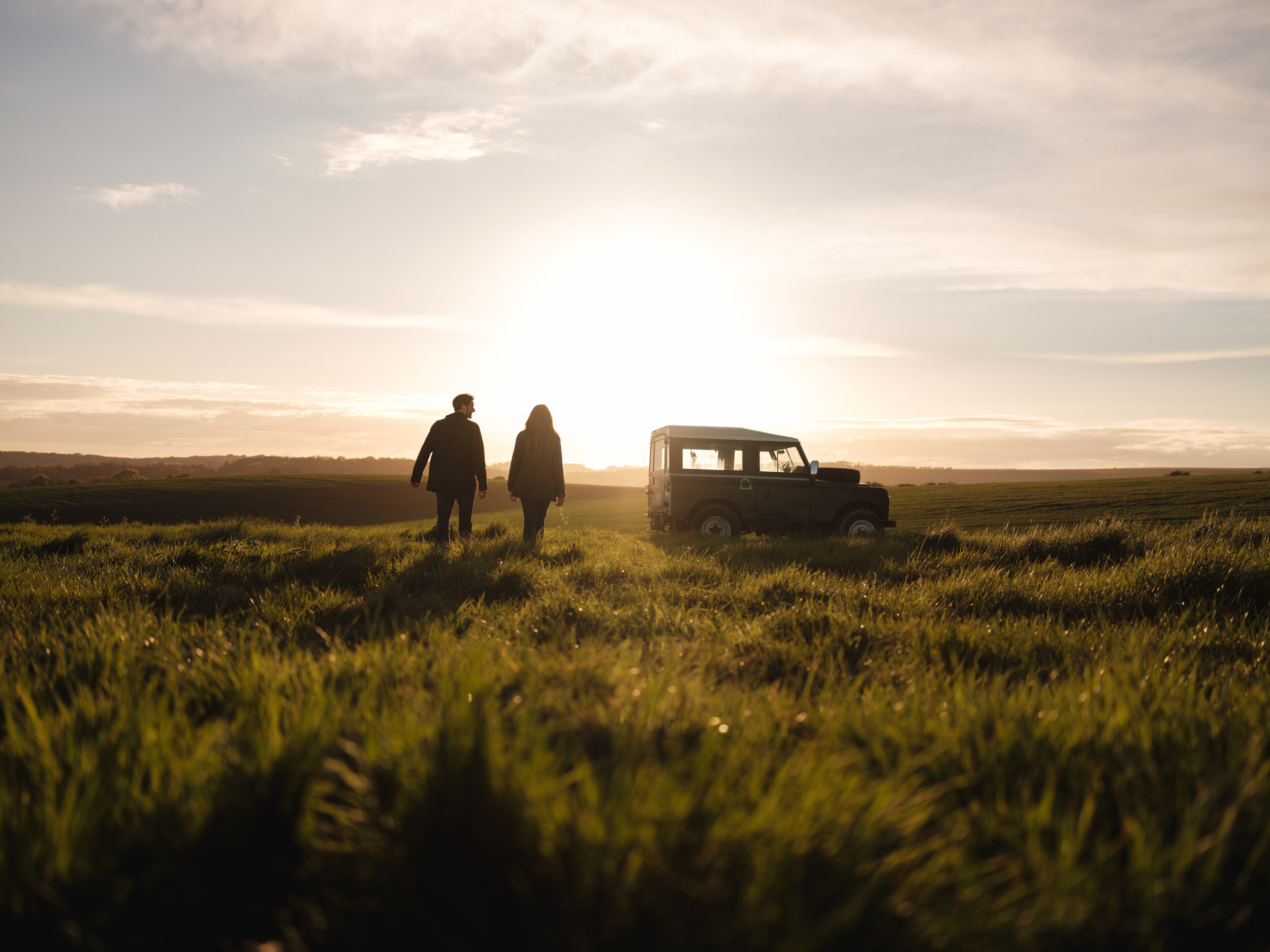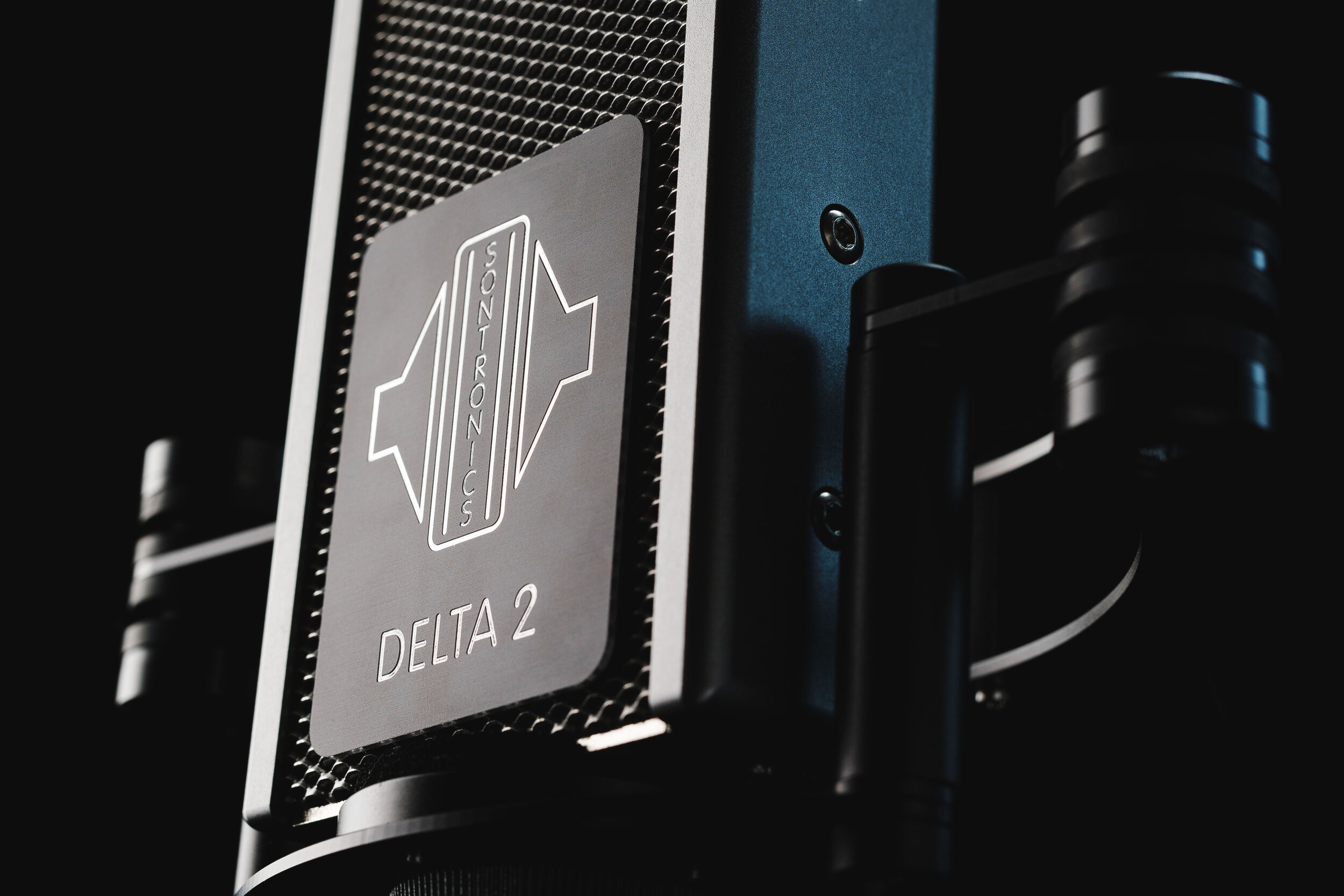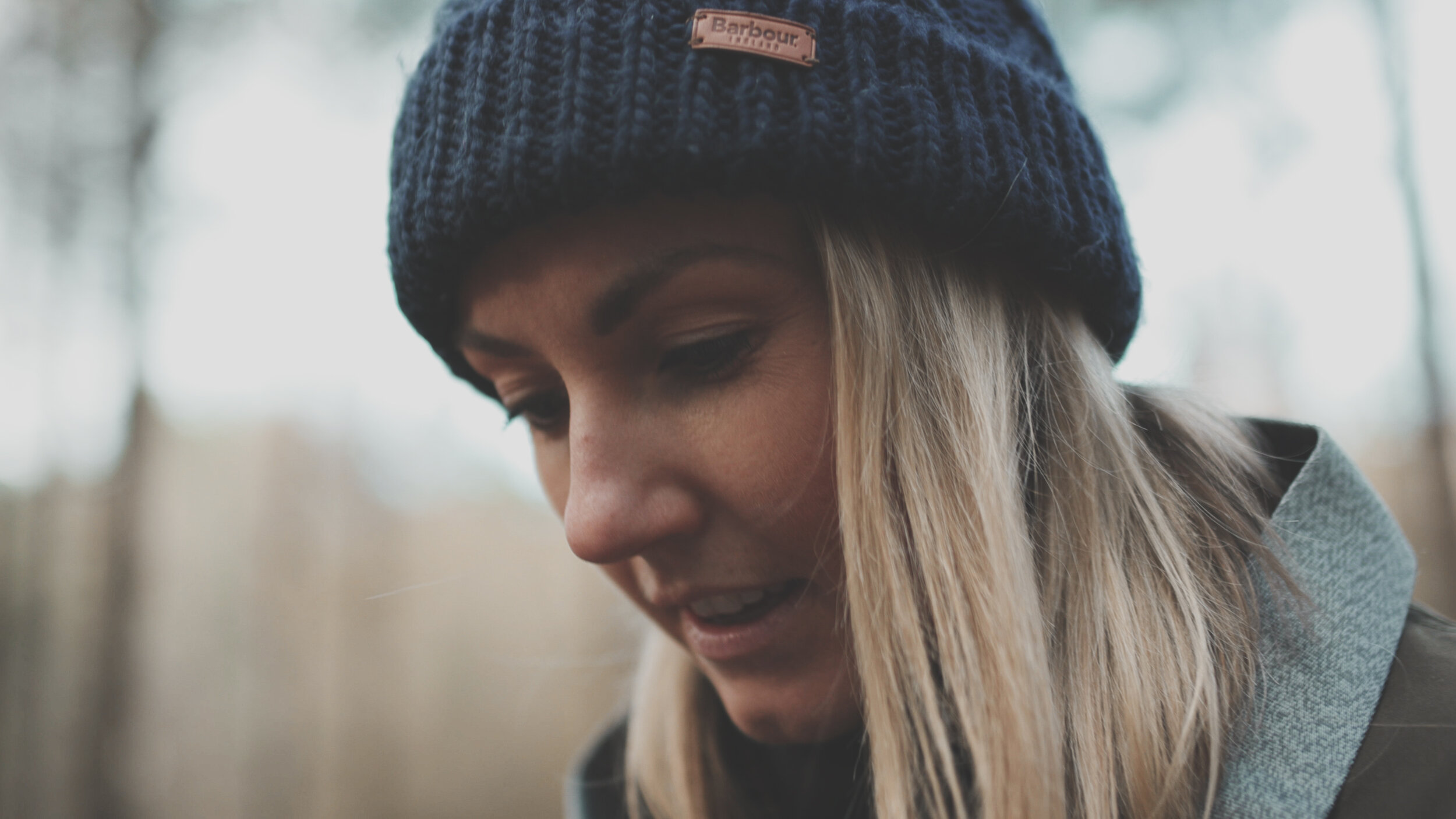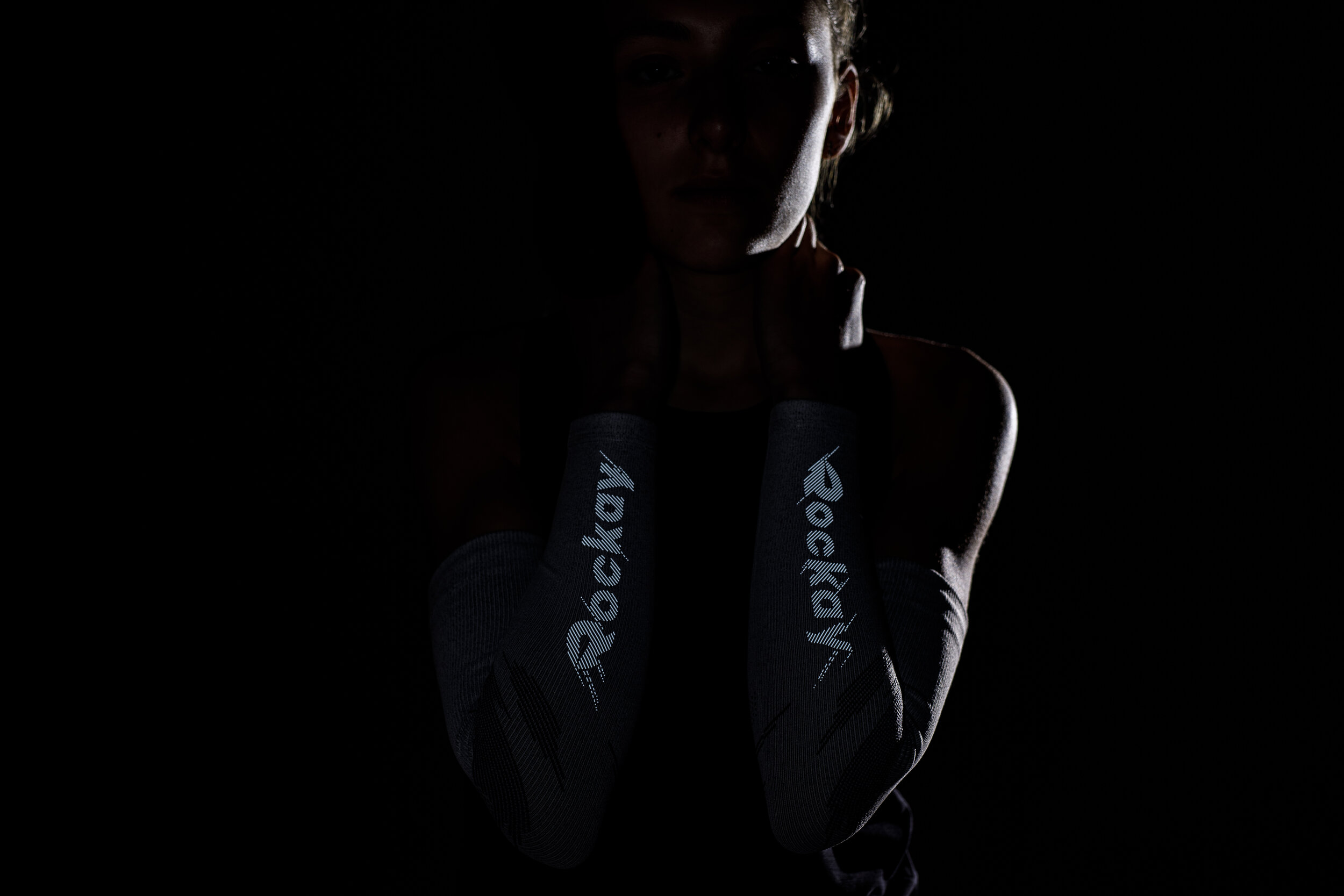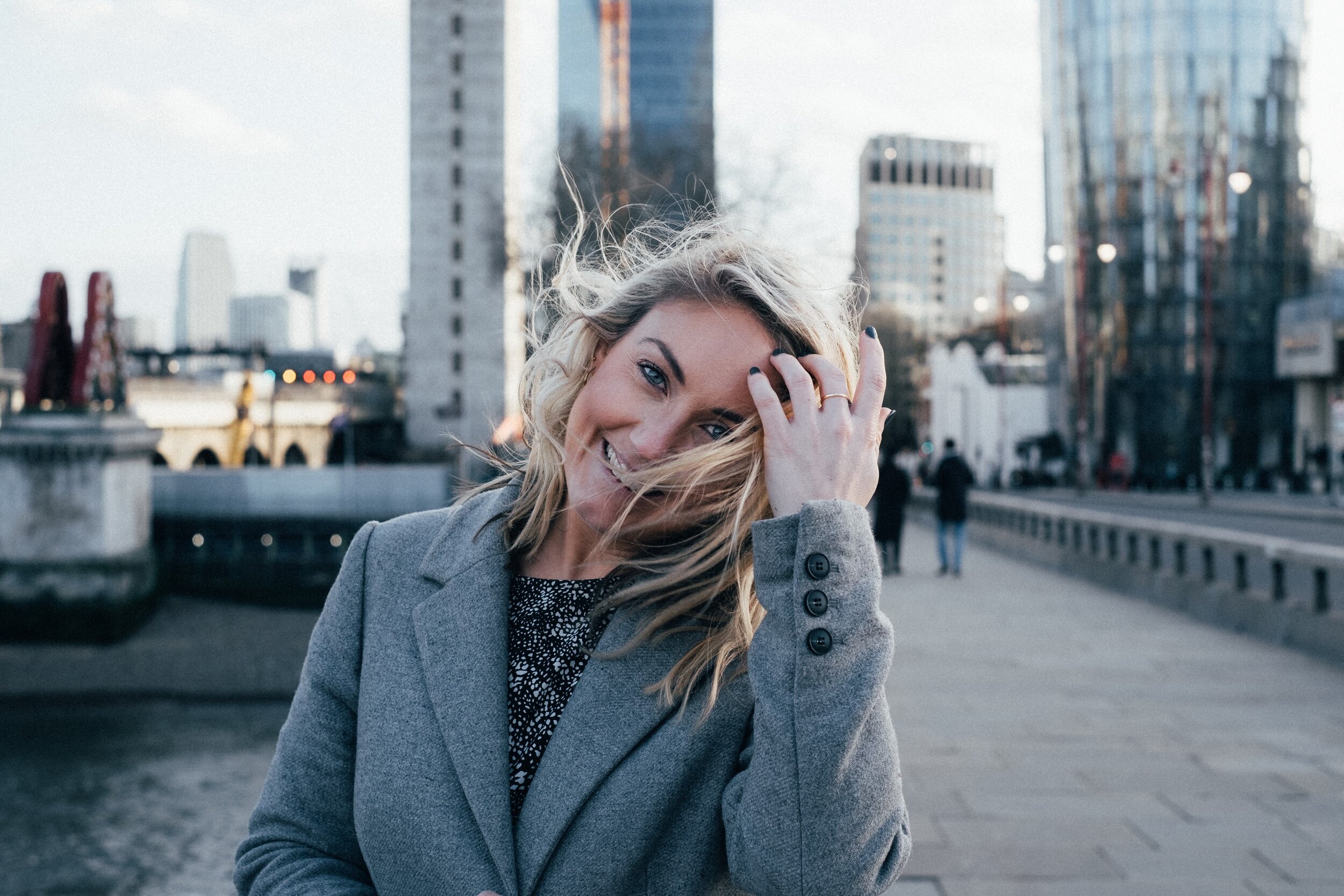The X-T3 presents a new era of video for Fujifilm. They tried really hard with the X-T2 but, in so many ways it just fell short of the mark. With the new X-Trans 4 sensor its a real contender when pitted against the other mirrorless cameras from the likes of Sony and Panasonic.
The video was meant to test it’s internal recording capabilities at 4K 60fps HEVC 10bit 4.2.0.
The Good
60 frames at 4K is just awesome. And to be able to capture it at 10bit in HEVC is a treat. Colour science from Fujifilm has always been fantastic and has kept me coming back to Fuji again and again.
F-Log offers (on paper) 11.2 stops of dynamic range. But, to be honest DR is something that is banded around as marketing hype and in the real world it will always be slightly less. Regardless of what is stated, you have enough to create great looking images even in challenging lighting conditions such as this example video shot shortly before sunset.
Not to mention the Fujinon glass. Fuji have a huge wealth of experience making lenses over the years for other camera manufactures, broadcast, scientific and medical uses. If you’ve been shooting for a while, chances are at some point you’ve used or seen something shot with a Fujinon bit of glass, but you might not have realised it. As a result every lens they make is just awesome (IMHO). This example was shot using the Fujinon 35mm f1.4 and 56mm f1.2.
It’s small. Really small. So same goes for most of the Fujinon lenses. As a compete package its very discrete and perfect for travelling, hiking or if you need to move light. It’s also perfect for a ronin or other form of grip as it weighs very little indeed. However, that also comes with it issues as I cover below.
Photos and videos. In one package. Everything is there and you don’t need to travel with both bits of equipment. And for keeping things feeling and looking the same, Fuji also provide an Eterna LUT so you can restore that F-Log footage to Rec.709 with colours that feel very Fujifilm.
Slow motion at 120fps in full HD is awesome. It definitely isn’t as sharp or detailed as the other recording modes, but its a nice feature and footage still looks good.
Skin Tones are excellent in all modes. F-Log and the film ‘simulations’. But colour is what Fuji always smashes.
Auto White Balance and Exposure are reliable. Naturally it’s far better to shoot everything manual to avoid mistakes or the camera overcompensating. However, should the situation arise, you can rely on the camera to just figure things out for you.
The Bad
It’s small. This is a good point and a bad point. Bad, because as i’m sure you’ll know, a small camera can be tricky to operate and keep your shots looking nice without involving some sort of grip or elaborate shoulder mount rig and viewfinder set up. Now, this is an option of course - but once you mess around clamping this little guy into a shoulder mount and fix your gratical to just the right eye relief, you begin to wonder why you didn’t just bring your FS7/C200 etc. It’s just not very practical for run and gun or documentary work. If your in a controlled environment it can be awesome. But on location, in a field when you need to work fast with little or no grip; it can be a bit off a faff.
For example, when shooting in the highlands I had to abandon my viewfinder as the HDMI signal kept dropping out from the camera every time I moved around due to it’s pathetic little micro HDMI port - it’s just not a workhorse in the same way a dedicated video/cine camera is. Now, of course this isn’t truly a ‘negative’ point about the camera - it’s just a fact about it’s form factor. It is what it is.
That’s it really, I don’t have many negative things to say about the X-T3 when shooting video. So providing you have the right use case for it, the Fujifilm X-T3 is an awesome option for shooting video and can deliver some incredible results.









